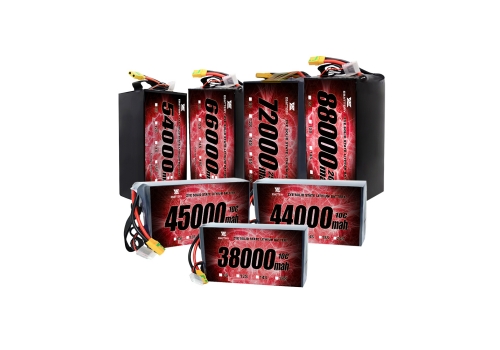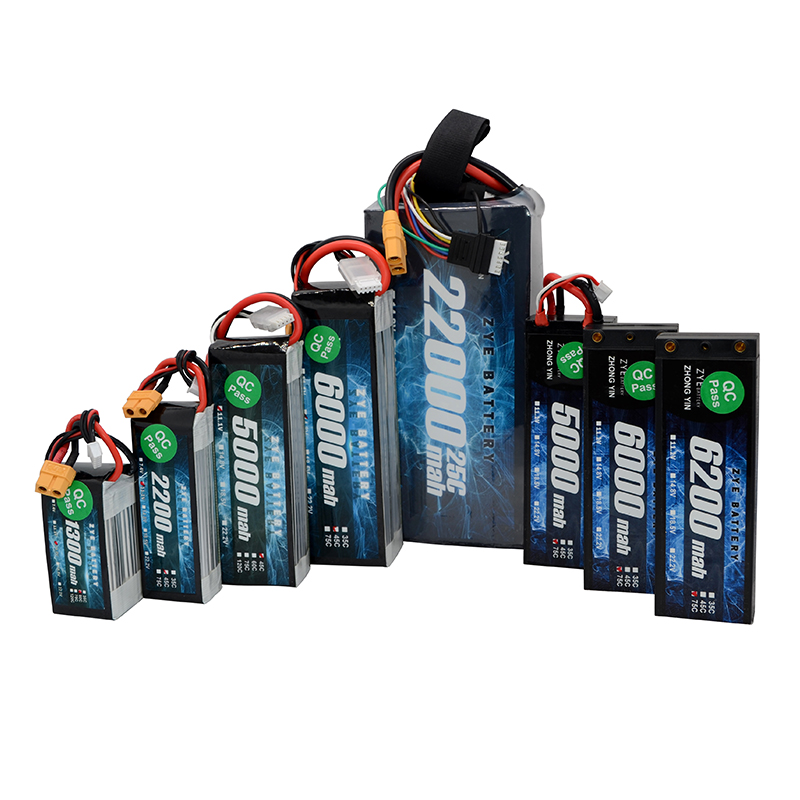How long do solid state batteries last?
2025-11-04
Have you ever wondered how long the batteries you use will last? With the rise of solid-state batteries, many are curious about their lifespan and durability.
These innovative energy sources promise to revolutionize how we think about energy storage.
Whether you're a tech enthusiast or simply want to make informed choices, understanding solid-state batteries can help you get the most out of technology.
Solid State Battery Overview
Solid-state batteries utilize solid electrolytes instead of liquid or gel electrolytes. This fundamental change enhances performance and safety.
Key Points
Lifespan Compared to Traditional Batteries: Under optimal conditions, solid-state batteries can last over 10 years, significantly outpacing the 2-3 year lifespan of conventional lithium-ion batteries.
Enhanced Safety Features: The absence of flammable liquid electrolytes drastically reduces fire risk, making them ideal for electric vehicles and consumer electronics.
Performance in Extreme Conditions: Unlike conventional batteries, these cells maintain functionality across a wide temperature range, whereas traditional batteries may suffer performance degradation in harsh environments.
Impact of Charge Cycles: Limiting depth of discharge and employing smart charging practices can maximize solid-state battery lifespan, enabling them to withstand over 500 charge cycles.
Ongoing Research and Innovation: Current research focuses on improving solid electrolyte materials and manufacturing processes to enhance battery stability, reduce costs, and broaden solid-state battery applications.
Cross-Sector Applications: Solid-state batteries are increasingly used in consumer electronics, electric vehicles, and renewable energy storage, demonstrating their versatility and revolutionary energy storage potential.
Key Characteristics of Solid-State Batteries
Higher Energy Density: Solid-state batteries deliver more energy per unit volume than traditional lithium-ion batteries. For instance, some solid-state options can achieve 2 to 3 times the energy density, extending device runtime.
Enhanced Safety: The absence of flammable liquid electrolytes significantly reduces fire risk. This safety feature makes solid-state batteries suitable for electric vehicles and portable electronics.
Longer Lifespan: Many solid-state batteries have substantially longer lifespans than liquid batteries, typically exceeding 500 charge cycles with minimal performance degradation.
Wide Temperature Range: These batteries perform well across diverse temperature ranges, maintaining functionality in both freezing and high-temperature conditions.
Challenges
Despite their advantages, solid-state batteries face challenges:
Production Costs: Manufacturing processes remain expensive, hindering widespread adoption.
Material Limitations: Identifying suitable solid electrolyte materials presents research challenges.
As technology advances, progress in these areas is anticipated. Understanding the characteristics and applications of solid-state batteries can help you grasp their potential impact on future devices.
Chemical Composition
The materials used in solid-state batteries significantly impact lifespan. Solid electrolytes can vary, affecting efficiency. For instance, lithium sulfide and lithium phosphate are common choices. Each composition offers distinct stability and energy density. Batteries utilizing advanced materials typically exhibit longer lifespans and superior performance. Manufacturers are actively researching enhanced chemical formulations to improve durability.
Usage Conditions
Operating conditions critically affect battery lifespan. Extreme temperatures accelerate aging. Running batteries at high temperatures increases degradation. Low temperatures may impact performance but can extend lifespan. Keeping your device within recommended temperature ranges helps maintain battery health. Additionally, prolonged exposure to high humidity also affects performance. Protect your device from excessive moisture to safeguard the battery.
Charge Cycles
Charge cycles directly impact solid-state battery lifespan. Each complete charge and discharge cycle contributes to wear. Limiting depth of discharge extends battery life. For instance, maintaining battery levels between 20% and 80% reduces stress. Smart charging technologies also help efficiently manage cycles. Employing these strategies maximizes solid-state battery longevity.
Longevity
Solid-state batteries typically outlast traditional lithium-ion batteries. While conventional batteries last 2 to 3 years, solid-state batteries can exceed 10 years under optimal conditions. This extended lifespan stems from their solid electrolyte, which reduces wear compared to liquid electrolytes.

























































